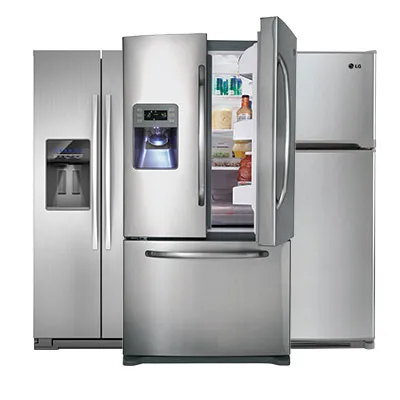It is important that laboratory freezers not have the convenience of "self-defrosting" freezers as most people prefer in their kitchens.
In the home, a frost-free freezer is a place for food storage. Over a period of time the frozen food may look less appetizing and display "freezer burn" and "frost," along with noticeable water loss, but it is still edible.
In another important role in our daily lives, refrigerators and freezers are part of our medical, pharmaceutical, and agricultural infrastructure.
They are often used for preservation of reagent kits, samples, stock solutions, and other laboratory supplies requiring frozen storage.

Why is a Manual Defrosting Freezer Important?
Because in order to remove "frost" or condensed water vapor, the frost-free freezer periodically subjects the freezer compartment to lower (negative) pressure. This results in sublimation of frost and water from all objects in the freezer, converting the liquid water to gas.
With proper storage, lab freezers should accumulate a good layer of frozen water vapor ("frost") to protect the balance of humidity.

As a result, all objects stored in a frost-free freezer are ultimately evaporated and sublimated with dehydration and change in concentration. Such factors do not threaten samples stored in regular manual-defrost freezers.
If biological samples are stored in a frost-free freezer, they will sublimate, losing volume and changing concentration. In a few months, that precious 50 microliter standard you carefully prepared and characterized may be permanently damaged. It may even disappear entirely.
The Case of the Disappearing Hailstone
One experience made this point very clear to me. I saved a hailstone bigger than a baseball in my home frost-free freezer. The largest I'd ever seen!
After a few months I got it out to proudly boast about it and show it, but it was smaller than a golf ball. What happened to the hailstone?
It sublimated in my frost-free freezer at home! There were no signs of melting. The water vapor just disappeared by sublimation.

